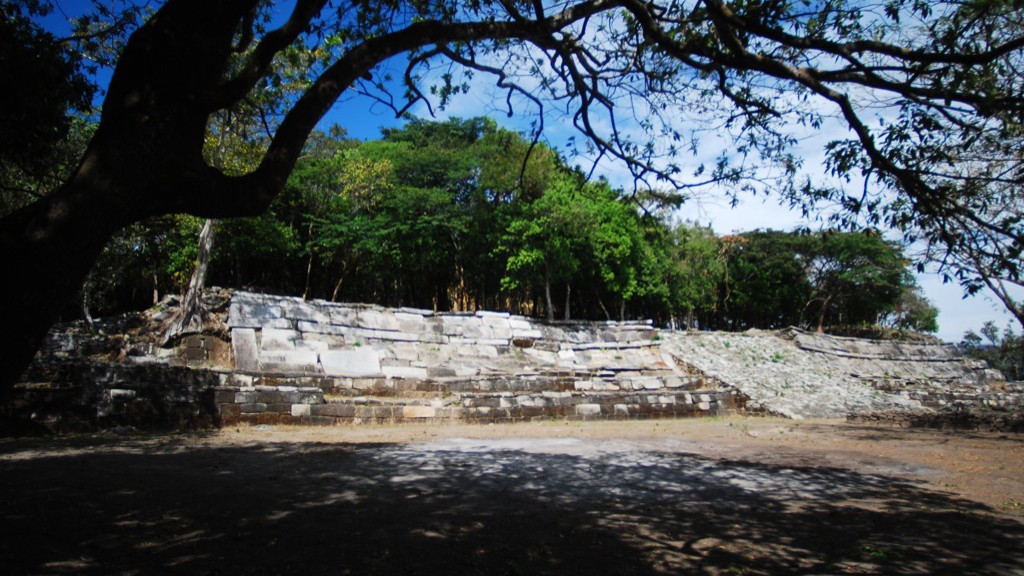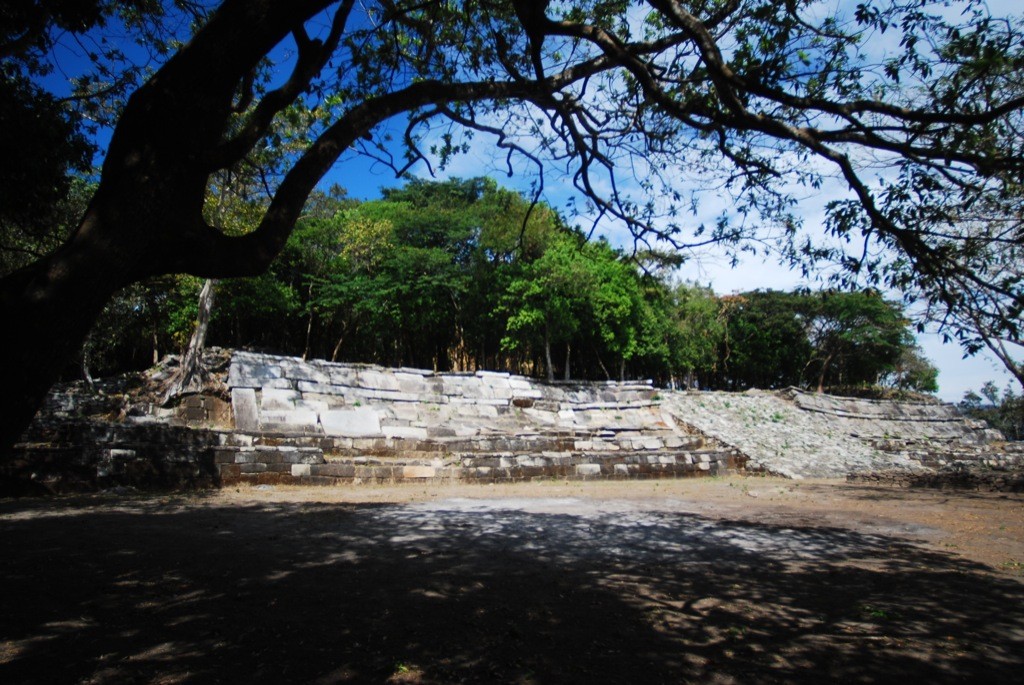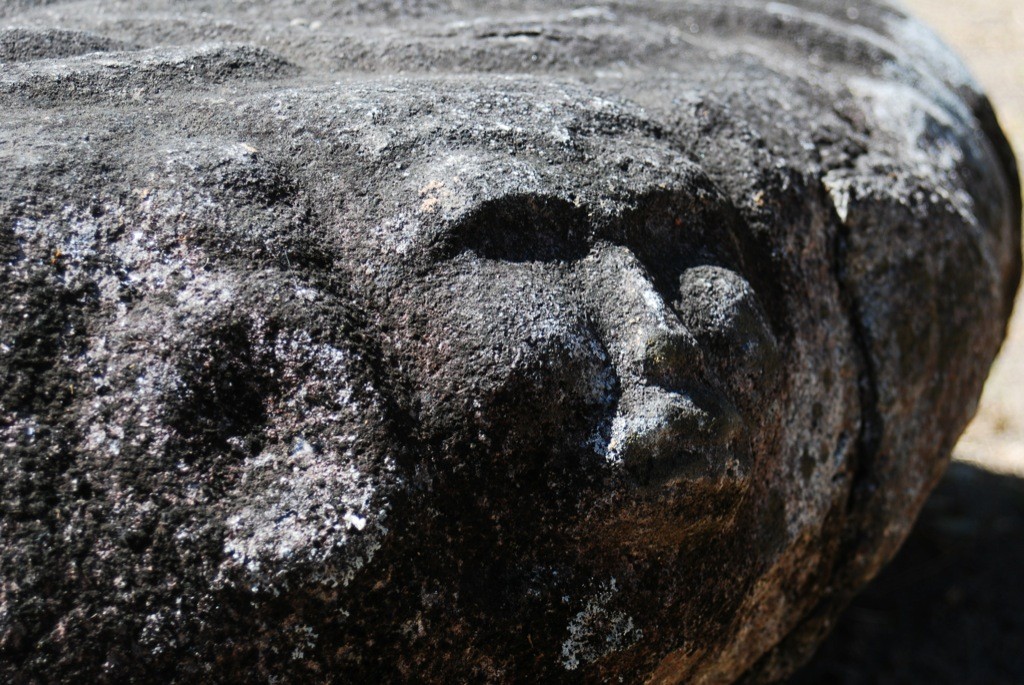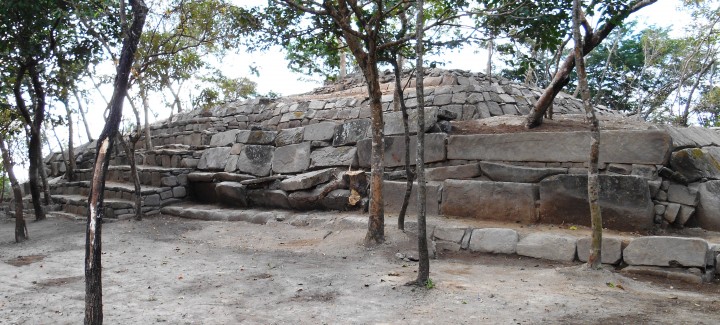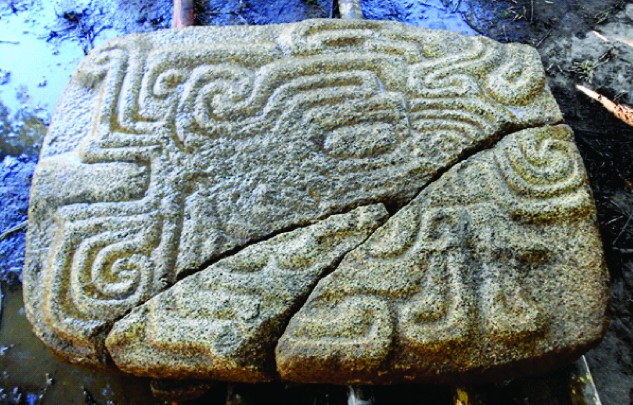Iglesia Vieja
Its strategic position on the Pacific coast was of great importance for communicating the Altiplano (high plateau) with the south of Veracruz and the area of the Isthmus. Its monolithic architecture of blocks of stone—some weighing almost two tons—is surprising, as well as its altars, stelae and beautifully carved sculptures.
About the site
Covering three plateaus over 2300 feet in height in the Sierra Madre of Chiapas, the archeological zone of Iglesia Vieja is located 2.5 miles to the north of the city of Tonalá. Its story can be traced from the Late Preclassic (600 to 100 BC) to the Late Classic (600 to 900 AD), reaching a peak of building activity in the Early Classic (250 to 600 AD). The people of Iglesia Vieja made the most of the area's geology, which is of volcanic origin and abundant in granite, an igneous rock, for construction. They made use of the shape of the land in a similar manner, since the plateaus, divided by a series of streams, were the site of more than 80 structures divided into five architectural groups consisting of large and medium-sized platforms, plinths and temples, as well as plazas and points of access.
Iglesia Vieja covered an area of 148 acres. However the core area with monuments covers 77 acres. This impressive site was visited by various travelers and scholars in the early twentieth century, most notably by the German ethnologist Caecilie Seler-Sachs (1900) and the archeologists Enrique Juan Palacios (1928), Philip Drucker (1948) and Edwin Ferdon (1953). The latter was responsible for a map and descriptions of the main structures, whose choice of names is still in use today. Nevertheless, after the visit by the archeologist Carlos Navarrete in 1958, it remained forgotten until 1998 when a site inspection was made.
Practically unknown until then, and due to the importance of the archeological site, INAH carried out a survey to set the boundaries for the site's protection and the state government of Chiapas built a dirt road in 2000 enabling the field work to be carried out. Focusing on architectural groups B and C, nine field seasons of excavation and consolidation were held from 2003 to 2004 and from 2009 to 2016.
Architectural Group B is situated in the far northwest and highest part of the site. It has a great plaza formed by three large structures, known as B-1, B-2 and B-3, measuring about 230 by 260 feet. B-1, B-2 y B-3. Group C is to the south of Group B and the two are linked by a series of ramps on the land's natural slopes. Close to 30 sculptural monuments have been found at Group C, such as Altar 1 in front of Structure C-3, which has one zoomorphic and three anthropomorphic faces. A variety of other lesser sculptures were found, such as an eagle, once embedded as an architectural feature.
The architecture of Iglesia Vieja is typified by the use of monolithic granite cladding, slopes with cornices, recessed corners and ramps. Without a doubt its most notable architectural feature is the use of monolithic stones: extraordinarily large blocks or slabs, some of which are more than 10 feet long and weigh over 2 tons. Large stones were used at Aké and Izamal in Yucatán, El Mirador in Guatemala, Yohualichán in Puebla and at Chimalacatlán in Morelos. However it was very rare for the all of the structures to be made with monolithic blocks, as they were at Iglesia Vieja, breaking with the traditions of building technologies in Mesoamerica.
The political units which emerged in the Tonalá region, probably inhabited by proto-Zoque speakers, played a very important role owing to their strategic location in the cultural and natural corridor between the east and west of Mesoamerica. The monolithic city of Iglesia Vieja operated as a proto-Zoque capital in the Isthmus region, from the Gulf to the Pacific, on account of its position midway between Maya and Zapotec groups. It also played an important political role in terms of territorial dominance in Classic-period Mesoamerica, on a par with well-known classical cities such as Teotihuacan, Monte Albán and Tikal.
Iglesia Vieja covered an area of 148 acres. However the core area with monuments covers 77 acres. This impressive site was visited by various travelers and scholars in the early twentieth century, most notably by the German ethnologist Caecilie Seler-Sachs (1900) and the archeologists Enrique Juan Palacios (1928), Philip Drucker (1948) and Edwin Ferdon (1953). The latter was responsible for a map and descriptions of the main structures, whose choice of names is still in use today. Nevertheless, after the visit by the archeologist Carlos Navarrete in 1958, it remained forgotten until 1998 when a site inspection was made.
Practically unknown until then, and due to the importance of the archeological site, INAH carried out a survey to set the boundaries for the site's protection and the state government of Chiapas built a dirt road in 2000 enabling the field work to be carried out. Focusing on architectural groups B and C, nine field seasons of excavation and consolidation were held from 2003 to 2004 and from 2009 to 2016.
Architectural Group B is situated in the far northwest and highest part of the site. It has a great plaza formed by three large structures, known as B-1, B-2 and B-3, measuring about 230 by 260 feet. B-1, B-2 y B-3. Group C is to the south of Group B and the two are linked by a series of ramps on the land's natural slopes. Close to 30 sculptural monuments have been found at Group C, such as Altar 1 in front of Structure C-3, which has one zoomorphic and three anthropomorphic faces. A variety of other lesser sculptures were found, such as an eagle, once embedded as an architectural feature.
The architecture of Iglesia Vieja is typified by the use of monolithic granite cladding, slopes with cornices, recessed corners and ramps. Without a doubt its most notable architectural feature is the use of monolithic stones: extraordinarily large blocks or slabs, some of which are more than 10 feet long and weigh over 2 tons. Large stones were used at Aké and Izamal in Yucatán, El Mirador in Guatemala, Yohualichán in Puebla and at Chimalacatlán in Morelos. However it was very rare for the all of the structures to be made with monolithic blocks, as they were at Iglesia Vieja, breaking with the traditions of building technologies in Mesoamerica.
The political units which emerged in the Tonalá region, probably inhabited by proto-Zoque speakers, played a very important role owing to their strategic location in the cultural and natural corridor between the east and west of Mesoamerica. The monolithic city of Iglesia Vieja operated as a proto-Zoque capital in the Isthmus region, from the Gulf to the Pacific, on account of its position midway between Maya and Zapotec groups. It also played an important political role in terms of territorial dominance in Classic-period Mesoamerica, on a par with well-known classical cities such as Teotihuacan, Monte Albán and Tikal.
Did you know...
- The temple in Structure 3 is a unique building on account of the masonry pilasters and columns used to support the timber roof beams, a perishable material.
- From Structure C-13, on the southern boundary of the Plaza of the Sacrificial Stone (the lowest and southernmost point of the site), it is possible to see much of the coastal plain, branches of the Zanateco River, the Mar Muerto estuary and beyond to the hills of the Cerro Bernal.
An expert point of view
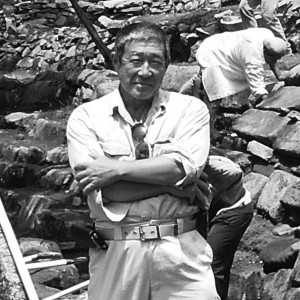
Akira Kaneko
Centro INAH Chiapas
Practical information
Monday to Sunday from 08:00 to 17:00 hrs.
Free entry
Se localiza en el municipio de Tonalá, Chiapas.
Se encuentra a 4 km de la ciudad de Tonalá, Chiapas.
From the city of Tuxtla Gutiérrez take the Pan-American Highway 190 towards Tonalá; at kilometer 170 take the Tonalá-Arriaga exit. The entrance to the site is located to the left via an 11-kilometer stretch of dirt road that runs through the El Coyol and Rancho Miramar ranches, 6 kilometers after crossing the Tiltepec River.
Services
-
+52 (961) 612 8360
Directory
Administrador de la Zona Arqueológica
Francisco Roger López Calzada
This email address is being protected from spambots. You need JavaScript enabled to view it.
+52 (961) 612 2824, exts. 168000 y 168001

